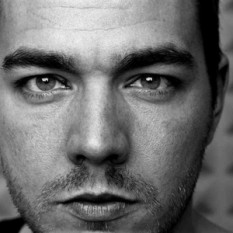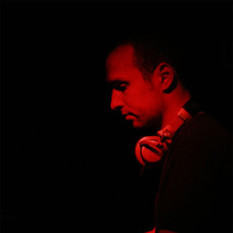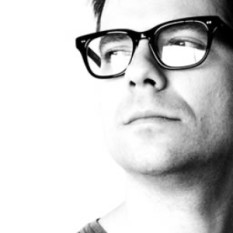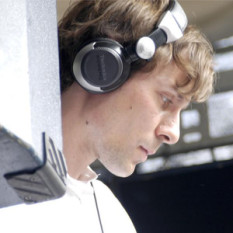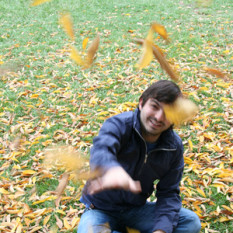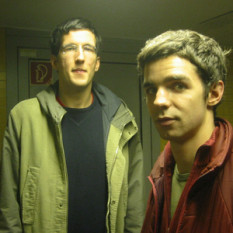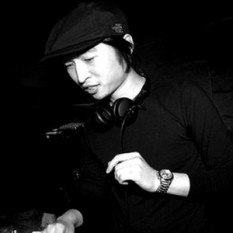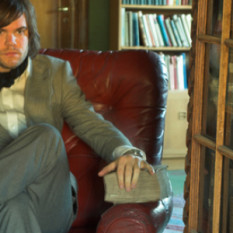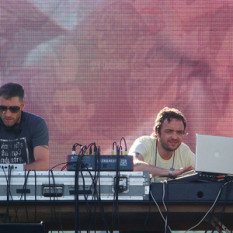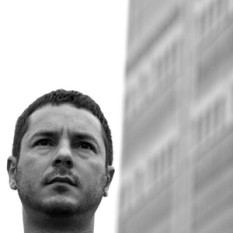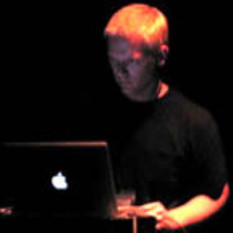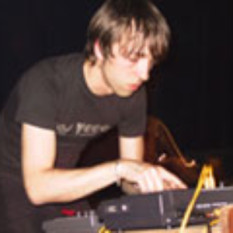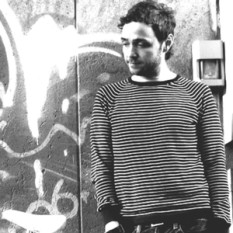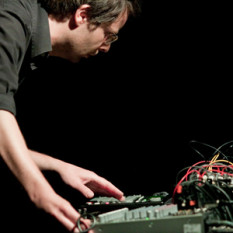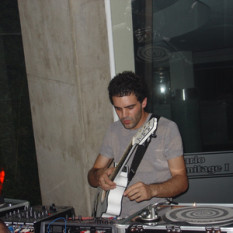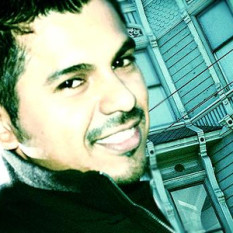Microhouse has its roots in the minimal techno, glitch (both developed in the early 90's), and house (developed in the mid-80's) genres of music. Its first echoes appeared in the glitch album by German experimental artist Oval, in 1993. Like many contemporary electronic genres, Microhouse has many influences, most notably techno and the "click and pop" garage house that has emerged from Yorkshire Bleeps and Bass (or "Bleep"), glitch and minimal techno.
Microhouse strips house music down to a more minimal and sparse aesthetic, in the same vein as tech house. Its relationship to house and tech house music can be compared to the relationship between minimal techno and the harder techno genres. Like house and techno, microhouse is built around a 4/4 time signature. A noticeable difference between microhouse and house is the replacement of typical house kick drums, hi-hats and other drum machine samples with clicks, static, glitches, and small bits of noise. Microhouse artists often experiment with different forms of sampling to achieve this effect.
One characteristic feature of microhouse is the use of sampling: extremely short ('micro') samples of the human voice, musical instruments, everyday noises and computer created wave patterns are arranged to form complex melodies (such as can be heard in Akufen's "Deck the House"). Vocals in microhouse are often simplistic, nonsensical, and monotone in nature, although some artists, such as Matthew Dear, combine singing with microhouse production. .

